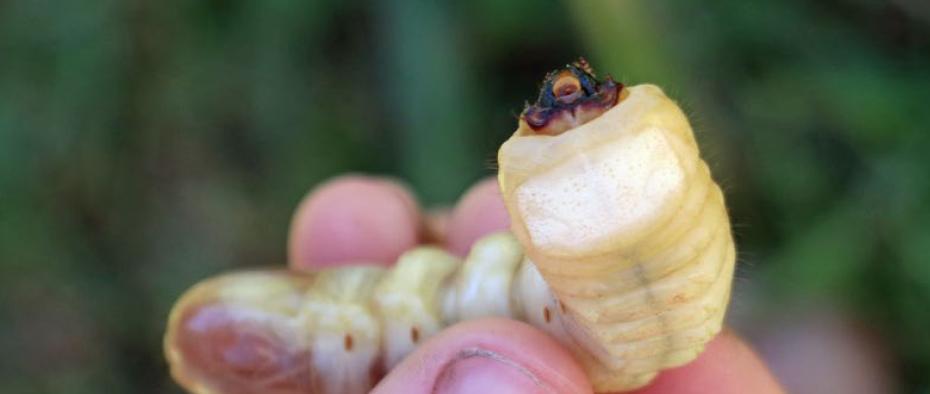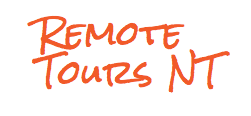For thousands of years, Aboriginal Australians have been surviving on “bush tucker” and foods provided by the outback. Aboriginals were hunters and gatherers, hunting wildlife to provide meat and gathering fruits, seeds and insects for their daily meals. Each season, weather conditions and geographic location would impact the types of food available, making their diet varied and well balanced.
In central Australia where the Watarrka region is located, water was scarce, so to survive the Aboriginal tribes would find water in tree hollows and roots, soakages and permanent water holes which were quite scarce.
Since European settlement, the traditional Aboriginal foods and eating rituals have gradually become less common. Below are a few of the major food sources that were hunted and gathered in traditional Aboriginal culture:
Aboriginal men within the tribe were normally the ones responsible for hunting live game for meat. Luckily for them, there was a lot of wildlife throughout the Australian bush available. The animals were hunted using tools like small daggers and spears made from sharpened stone. Common animals that were hunted and eaten by Aboriginals included Kangaroos, Wild Turkeys, Possums, Emus, Anteaters, Lizards and Snakes.
Damper:
Damper is a type of bread that was made by hand, usually by Aboriginal women within the tribe. First the women would source local seeds and gather these into a large dish. They would then use millstones to slowly grind the seeds creating a flour. They would then add small splashes of water throughout the process to create a paste, then a dough. The dough would be heated over the coals of a fire until it was cooked, then served to the tribe.
One of the most well known traditional Aboriginal foods is the Australian witchetty grub, which is actually native to central Australia where the Watarrka region is located. The Witchetty grub remains a common snack or meal addition in Australia, and is high in protein and nutrition. Other insects eaten by Aboriginal Australians include cicadas and caterpillars.
A large part of the traditional Aboriginal diet included native fruits and seeds that grew naturally within the area. The types of fruit and seed depended on the season and availability, but could include wild passionfruit, wild oranges, bush tomato, bush banana, bush plums, mulga seeds and wattle seeds. Aboriginal Australians would also gather honey and nectar from bees, honey ants, flowers and trees.
The Watarrka Foundation is working closely with teachers from the Watarrka Primary School to continue our fresh produce projects, which involves planting fruit and vegetables within the school. The children are responsible for watering, monitoring and harvesting the produce which teachers them important lessons about the value of health food, and also encourages healthy eating habits.








